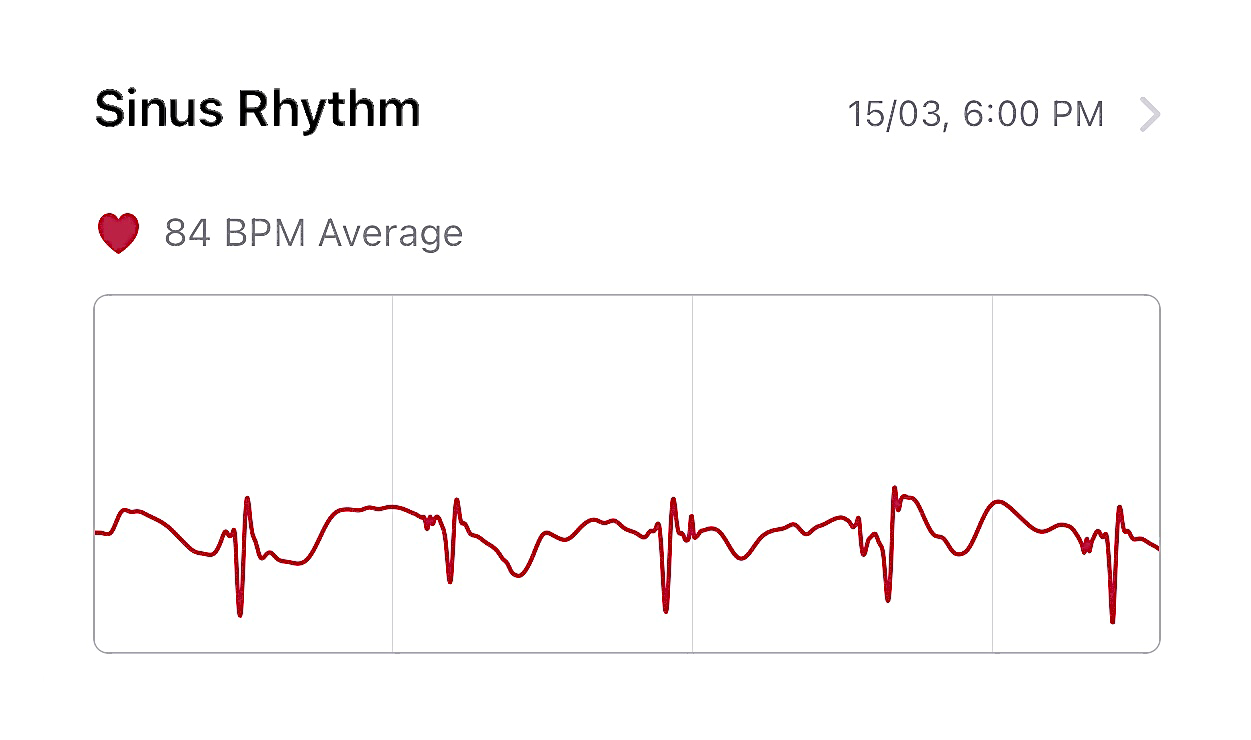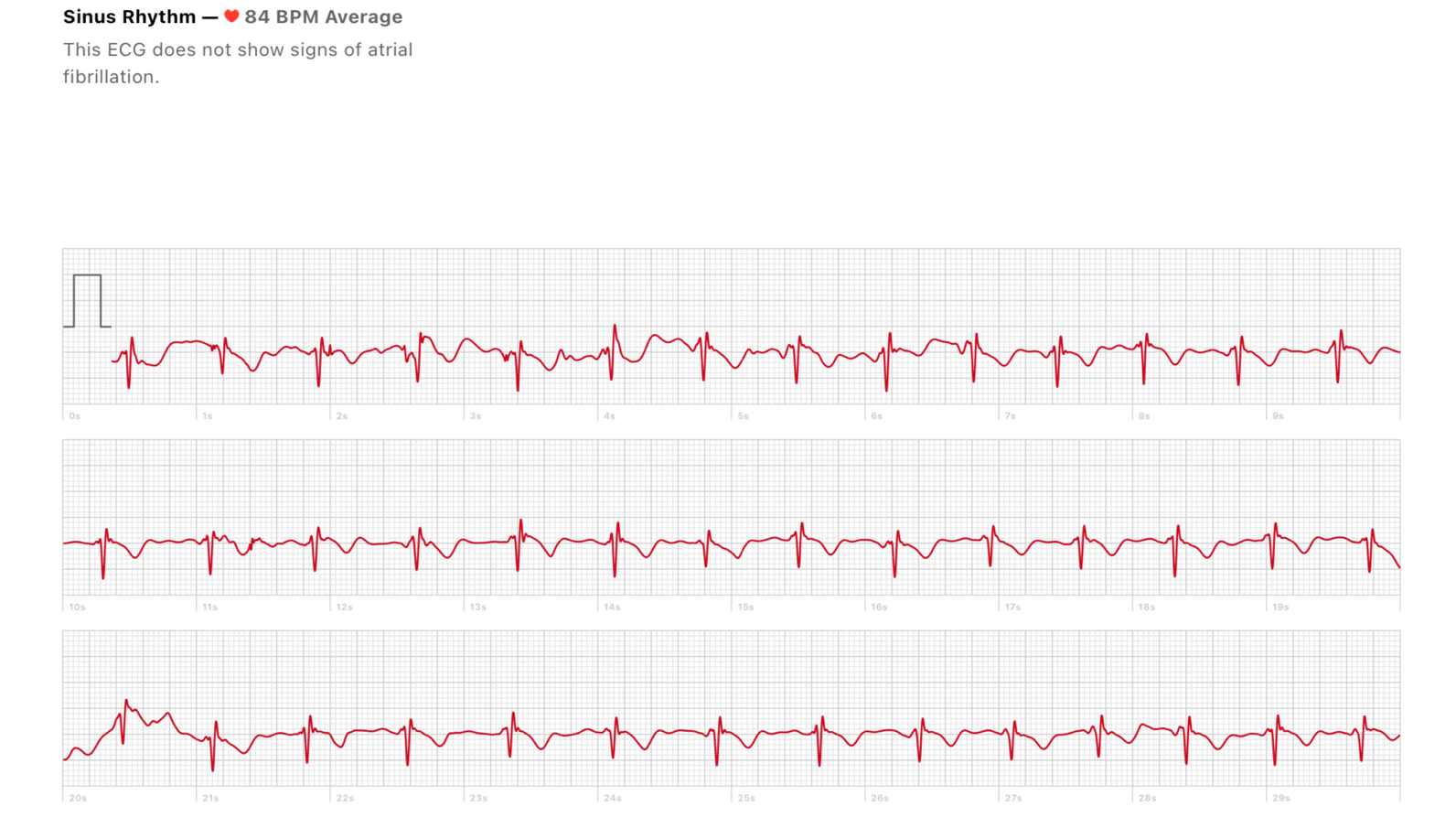If you wear a smart watch, chances are that you have heard of its health-monitoring features, but did you know that it could potentially help you uncover a hidden heart disease?
With support from our specialist physicians at the Bumrungrad Heart Center, let’s find out how a wearable device might save your life.
Atrial fibrillation (commonly shortened to AF or A-Fib) is the most common form of
arrhythmia. In Thailand it is estimated that this condition affects 1-2% of the population. The risk of developing this condition grows with age, and is closely related to other heart conditions such as hypertrophic cardiomyopathy, heart valve regurgitation, congenital heart defects, and hypertension.
People with this condition experience heart palpitations, irregular heartbeats, tight chest pains, dizziness, chronic fatigue, and sometimes even pass out. And if left untreated, they will be five times more likely to suffer a stroke than normal; thus, being able to catch this condition early on also means reducing the chances of suffering a stroke.
The 2019 global burden of AF is estimated at 59.7 million, double the number of estimated cases thirty years ago. Many of this number were not even aware that they were experiencing AF. So many cases of AF go undiagnosed because the symptoms are often so unclear and intermittent, allowing them to be missed by annual check-ups. The advent of wearable devices that are able to monitor personal health at all times is the long-awaited solution to this problem. Wearables can let the patient know when the tell-tale signs are occurring instantly, allowing them to seek treatment in good time. This concept has been explored in a Stanford University study, where it has been shown that a smartwatch-based application can identify atrial fibrillation at a decent level of accuracy.
This study involved a sample of 419,297 people with no previous history of heart disease. They were monitored via the wearing of an Apple Watch at all times for an average of 117 days each while the application installed on their mobile phones processed the data, and issued notifications when heart irregularities were detected. The participants were asked to contact the monitoring physician if they received a notification from the app. If the readings indicated severe irregularities the monitoring physician urged the participant to seek medical attention immediately. If they were not severe enough to warrant such a response, the participant would be asked to take an EKG reading in real time and report the results to the physician for analysis.
The majority of the participants did not receive any notifications at all, which shows that the wearable device they were wearing is not overly sensitive to normal, healthy fluctuations in heart performance. But for the participants who did receive notifications and were asked to wear an EKG device, 84% of the subsequent notifications were corroborated as AF by the readings from the EKG patch; and 35% of these participants were subsequently diagnosed with AF. This shows that these wearables have the potential to be effective and reliable for monitoring the physical health of their wearers.
 Figure 1: ECG result from Watch features show Normal Sinus Rhythm.
Figure 1: ECG result from Watch features show Normal Sinus Rhythm.
What is interesting is that the study used the Apple Watch series 1 to 3, which can only detect the wearer’s heart rate and cannot take an EKG measurement. This meant that an EKG kit had to be sent to the participants separately when required, whereas series 4 and 5 of the Apple Watch has an EKG measuring capability built-in to the device.
If atrial fibrillation is suspected, whether it is because you feel as if your heart is beating with an irregular rhythm, or you received a notification from your smart watch, further testing will be called for. This mainly entails an EKG, heart-rate monitoring, as well as other vital functions such as the blood cell count, kidney function, thyroid function, etc. The main objectives in treating AF are to reduce the symptoms and prevent complications from occurring. This may be done with medication to control your heart rate, a cardioversion to shock your heart back to a normal rhythm, or with a radiofrequency ablation to destroy the diseased tissue that causes the arrhythmia..

Figure 2 : ECG result as PDF which can export to your doctor
If you wear and Apple Watch and use it to regularly monitor your health, and you notice some irregularities with your heartbeat, you can bring that information in to consult with Bumgrungrad Heart Center. If you have concerns about social distancing, you can reach us via 1378 or via our application for your safety and convenience. In case of emergency or extremely severe symptoms, you may contact the Bumrungrad Emergency Center directly, 24 hours a day, at 02 011 5222.
For more information please contact:
Last modify: May 05, 2025